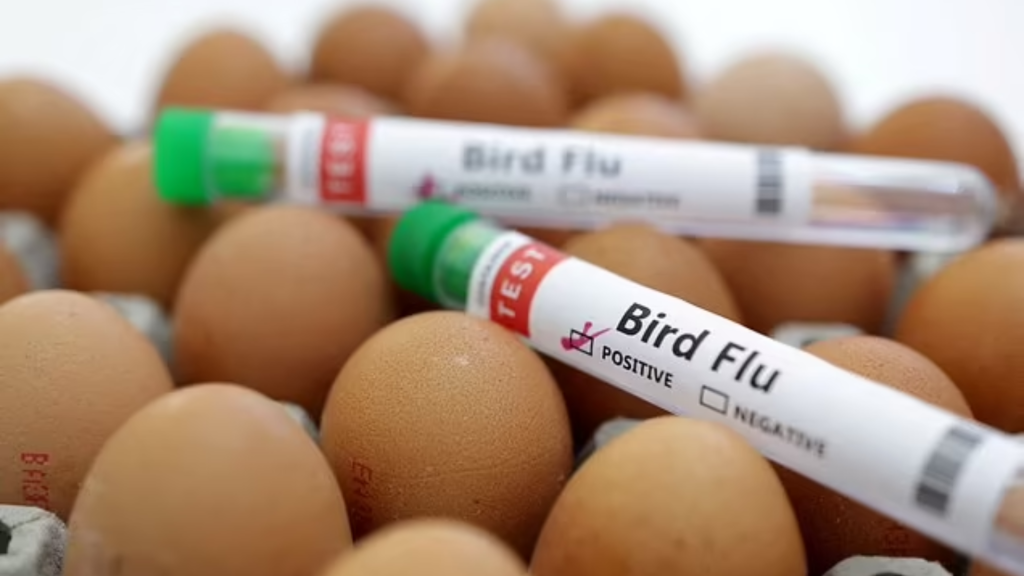The recent confirmation of a human infection with avian influenza, commonly known as bird flu, in a dairy farm worker in Texas has prompted the U.S. Centers for Disease Control and Prevention CDC to issue a health alert. This article explores the significance of the CDC’s alert, the potential risks associated with avian influenza, and strategies for prevention to mitigate the spread of the virus.
Understanding Avian Influenza: Avian influenza, caused by influenza viruses that primarily affect birds, can occasionally infect humans. The H5N1 strain, in particular, is associated with severe illness and has raised concerns about the possibility of a global pandemic. While human infections are rare, they can occur through direct or indirect contact with infected birds or their environments.
The CDC’s Health Alert: The CDC’s health alert aims to raise awareness among clinicians, state health departments, and the public about the recent case of H5N1 bird flu in Texas. By providing timely information and recommendations, the CDC seeks to enhance surveillance efforts, prompt appropriate medical response, and minimize the risk of further transmission.
Key Recommendations for Prevention: To reduce the risk of avian influenza transmission, individuals working with birds or livestock are advised to use personal protective equipment PPE, such as masks and gloves. Proper hygiene practices, including handwashing and disinfection of equipment, are essential to prevent contamination. Additionally, healthcare workers should remain vigilant for patients presenting with respiratory symptoms and relevant exposure history.
Public Awareness and Education: Raising public awareness about avian influenza is crucial for promoting preventive measures and early detection of potential cases. Educational campaigns can emphasize the importance of avoiding contact with sick or dead animals, practicing good hygiene, and seeking medical attention if symptoms develop. By empowering individuals with knowledge, communities can play a proactive role in preventing the spread of the virus.
Mitigating Risks in Agricultural Settings: Given the potential for avian influenza to spread among poultry and other livestock, agricultural workers must adhere to strict biosecurity measures. Farm management practices, such as routine cleaning and disinfection, segregation of sick animals, and restricted access to poultry facilities, can help minimize the risk of disease transmission within animal populations.
Global Collaboration and Preparedness: Avian influenza poses a significant public health threat that transcends national borders. International cooperation and coordination are essential for monitoring virus circulation, sharing surveillance data, and implementing coordinated response measures. By fostering collaboration among governments, healthcare agencies, and research institutions, the global community can enhance preparedness and response capacity to mitigate the impact of avian influenza outbreaks.
The CDC’s health alert underscores the importance of proactive measures to address the threat of avian influenza. By prioritizing surveillance, prevention, and public education, stakeholders can work together to reduce the risk of human infections and safeguard public health. As the world continues to confront emerging infectious diseases, vigilance, preparedness, and collective action remain critical in mitigating global health threats.
